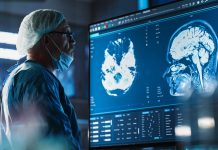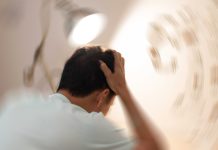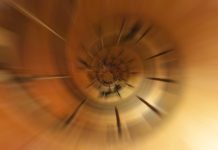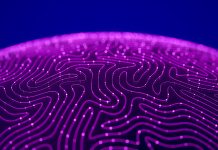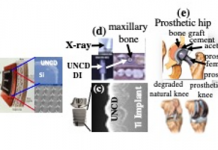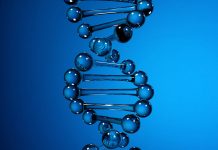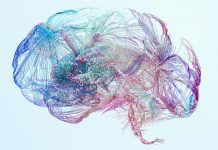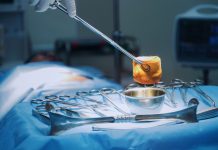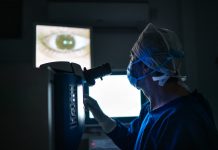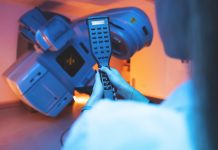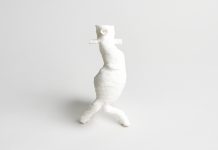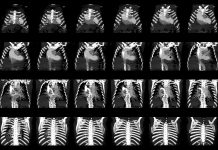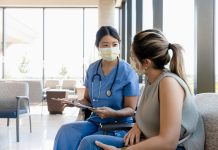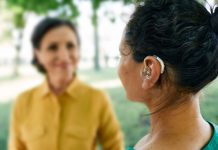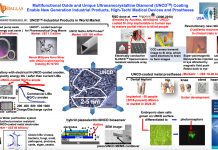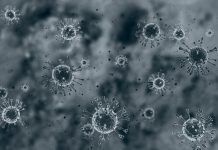Open Access Government produces compelling and informative news, publications, eBooks, and academic research articles for the public and private sector looking at health, diseases & conditions, workplace, research & innovation, digital transformation, government policy, environment, agriculture, energy, transport and more.
Home 2025
Archives
Ultrasound neuromodulation for treatment-resistant depression: A case for deep brain stimulation
Tiago Costa from Delft University of Technology discusses why ultrasound neuromodulation has significant potential to transform the treatment of depression.
The future of AVS, dizziness, and vertigo in emergency departments Part V: Rise of...
In the final article of this five-part series, Dr Millie Nakatsuka discusses emerging technologies relevant to acute vestibular syndrome (AVS) in the emergency healthcare setting.
The future of AVS, dizziness, and vertigo in emergency departments Part iii: A tyranny...
In the third article of this five-part series, Dr Millie Nakatsuka discusses the impact of isolation on health equity and the medical decision-making for emergency presentations of acute vestibular syndrome (AVS)
BRAV3 Project: Cardiac regenerative medicine
Prof Felipe Prósper, Head of Department, and Dr Manuel Mazo, from the University of Navarra & Clínica Universidad de Navarra, shares his expertise in cardiovascular diseases, focusing on the work of the BRAV3 project, which includes research in cardiac regenerative medicine.
The future of AVS, dizziness, and vertigo in emergency departments: Part II. Policy innovations...
In the second article of this five-part series, Dr Millie Nakatsuka discusses the barriers that contribute to the overuse of neuroimaging associated with the diagnosis of acute vestibular syndrome and proposes systemic reform.
Ultrananocrystalline diamond (UNCD™) coating for new-generation implantable medical devices/prostheses
In this materials science piece, Orlando Auciello, describes the development of a unique multifunctional/best biocompatible ultrananocrystalline diamond (UNCDTM) coating for new-generation implantable medical devices and prostheses.
From byte to bedside: Ushering in the era of digital oncology to outsmart cancer
Philip Dunne and Mark Lawler from the Patrick G Johnston Centre for Cancer Research talk to us about the emerging field of ‘digital oncology’ and how their approach can truly optimise cancer research and care.
Innovative gene therapy approaches for brain tumour-related epilepsy
Professor Mark Cunningham and Dr Kate Connor from Trinity College Dublin discuss the burden of brain tumour-related epilepsy and why novel therapies are urgently needed to improve the quality of life for those affected.
Dispersing the misconceptions of molecular iodine in medical uses
There are many uses for molecular iodine (I2) for infection prevention. Dispelling misconceptions about its toxicity, Dr. Jack Kessler, Chief Scientist at I2Pure, discusses the reality of I2 across medical indications and seeks to grow its application.
Improving AI/ML services for ophthalmology and medicine
Eric Buckland, PhD of Translational Imaging Innovations, delves into how we can achieve better transparency, traceability, and reproducibility in AI/ML for ophthalmology and medicine.
Clinical trial challenges for new technology in radiation oncology
Stephen Kry, Professor from the University of Texas MD Anderson Cancer Center, explores clinical trial challenges for new technology in radiation oncology, including the radiotherapy treatment technique, proton therapy.
Innovative dynamic molding to reduce development costs of personalized medicine
3Deus Dynamics has raised €2.5 million for the industrialization of its 3D process, to expand internationally and revolutionize personalized medicine with Dynamic Molding.
First international meeting towards eliminating paralysis after aortic aneurysm surgery
Professor Hamdy Awad, MD, FASA, from the Ohio State University Wexner Medical Center, examines the dangers of aortic aneurysm surgery and the importance of continued research towards eliminating paralysis.
Transforming clinical capacity to be a force for good
Elina Naydenova, CEO of Feebris, shares her thoughts on how to improve the NHS clinical capacity, to serve more patients with enhanced healthcare technologies.
IC2PERMED: Fostering collaboration between Europe and China to enhance personalised medicine
Tailoring care to meet patients’ needs can dramatically improve clinical outcomes; we hear how the IC2PerMed project is bolstering efforts in personalised medicine.
Acute care hospital reform in Japan: Outcomes in quality and market competition
This paper describes why the fee system for acute care hospital reform in Japan is beginning to show results.
Precision medicine: Sensorineural hearing loss treatment
Aarno Dietz, Professor of Otorhinolaryngology at Kuopio University Hospital, turns the spotlight on hospital precision medicine, focusing on the treatment of sensorineural hearing loss.
Solutions for healthy ageing: how technology can make a difference
Professor Alex Mihailidis, Scientific Director and CEO of AGE-WELL Network of Centres of Excellence, looks to improve wellbeing and healthy ageing in older people through innovative technology.
Ultrananocrystaline diamond (UNCD™) coatings for new generations high-tech/ medical devices/prostheses
Materials science, integration strategies, properties and more for the unique biocompatible Ultrananocrystalline Diamond (UNCD™) coating.
How entrepreneurship and industry saved COVID fighting nanotechnology?
Here Thomas J. Webster, Ph.D. explores how Nanotechnology was crucial in the battle against COVID-19 and how entrepreneurship helped it thrive.

